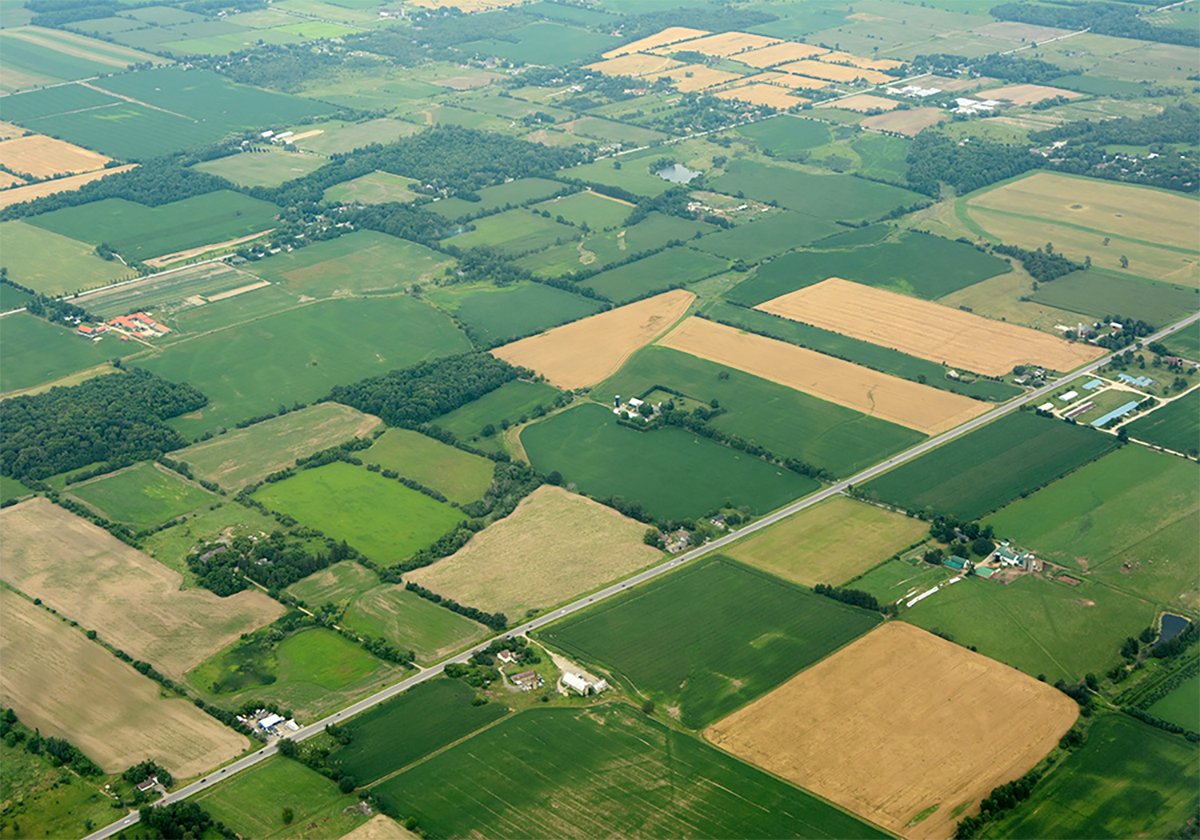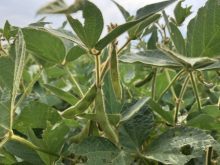JOHN Masswohl, the Canadian Cattlemen’s Association’s savvy Ottawa-based director of government and international relations, hit the nail on the head recently when he appeared before a parliamentary committee studying “product of Canada” labelling.
Be careful, Masswohl advised MPs on the House of Commons agriculture committee.
“We view everything in terms of regulations that we have in Canada,” he said. “Do we want to face those same regulations in other countries?”
It is a delicate and important point.
On Parliament Hill and within much of Canada’s agriculture and food industry, there is a strong push to revise “product of Canada” rules because at the moment, they allow the absurdity of labelling imported food as a product of this country.
Read Also

Higher farmland taxes for investors could solve two problems
The highest education and health care land tax would be for landlords, including investment companies, with no family ties to the land.
Let’s return to that in a moment.
There is also a strong push from the Canadian Federation of Agriculture and other interests groups to create a “grown in Canada” label that would allow voluntary use of a product designation as totally Canadian.
Masswohl’s point was that Canada must be careful. Promoting local production as a marketing tool is OK but any hint that this is discrimination against imported produce creates a problem.
The CCA is fighting American proposals to require mandatory country-of-origin labelling next autumn on products sold in the United States. The prospect of COOL rules already is leading American buyers to decline Canadian product for fear that patriotic Americans will shun product from another country in favour of home-grown.
There of course will be an enormous labelling cost.
The CCA argues that Canada should challenge COOL under North American Free Trade Agreement rules that say an animal slaughtered and processed in a country becomes product of that country. Proposed COOL rules would force labelling of calves and weanling pigs shipped south to be fed and slaughtered as a product of Canada.
Proponents of Canadian country-of-origin labelling insist their scheme would be trade-challenge free because they would be voluntary rather than mandatory marketing promotion rules.
But it is a fine line.
The House of Commons agriculture committee almost certainly will propose within weeks that “product of Canada” rules be changed.
At present, they are absurd. They determine that designation based on where 51 percent of the value of the end product was incurred.
Apples from the United States processed into juice in Canada become a product of Canada despite American origin. Food from China, if packaged and tweaked in Canada so that 51 percent of costs were incurred here, is labelled “product of Canada.”
It is absurd, misleading and untruthful labelling. Most Canadian consumers would see that label and assume the food product comes from Canada, not the packaging or processing.
But MPs and industry must be careful that in the rush to find a label that identifies wholesome Canadian product, they do not open the door to a challenge about discriminating against imported products.
Mandatory COOL labelling is the more egregious example of protectionism. But history suggests it does not take much provocation for the Americans to view Canadian product promotion programs as cause for a protectionism challenge.
The rush to more Canada-friendly product rules must be carefully nuanced to ensure they do not give comfort to protectionists elsewhere.














